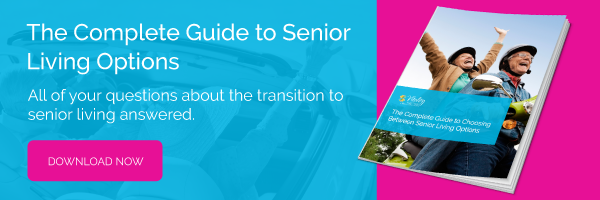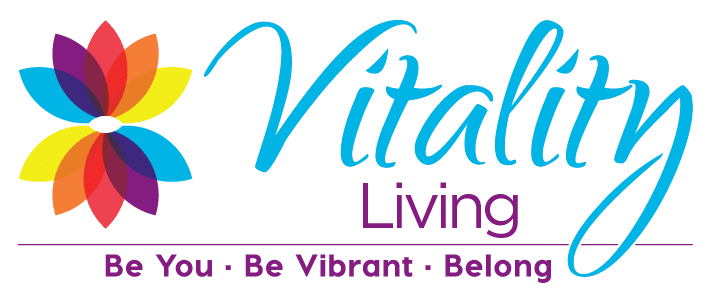It’s a fact of life that those who once cared for us will likely someday need to be taken care of themselves. More than 65 million people provide care for a family member, often an aging parent. Caregivers spend an average of 20 hours a week at the effort, according to the same report by Caregiver Action Network.
Those who care for aging parents may face a range of hurdles. Even with the best of intentions, it isn’t always easy to know what an older person needs or how best to keep seniors active and engaged.
How to encourage parents to stay vibrant, healthy, and well? Here are six tips, along with important information on understanding when and how the time may be right for Mom or Dad to transition from their present situation into a lively new type of community setting.
1. Don’t lead—follow
While an older person may experience some lifestyle limitations, most still cherish their independence. They want and expect to make their own choices, as they have done throughout their adult lives.
A supportive caregiver will celebrate this desire for independence! Rather than dictate a parent’s activities or interests, listen thoughtfully and facilitate those positive, life-affirming choices that feel within your parent’s reach. Of course, some activities may strain an older person’s ability, and it is up to the caregiver to help set boundaries, but the relationship must first be built upon a foundation of respect for the older person’s independent needs and wants.
2. Encourage contact
Social contact is a key enabler in wellness among older persons. Those who maintain friendships typically stay healthier and are more emotionally well-adjusted. A thoughtful caregiver will help a parent remain engaged.
Technology helps. The Pew Research Center reports that at least a third of seniors who go online do so in order to access social media. A caregiver can help a parent tap this rich vein of social opportunity by ensuring that technology is up to date and connectivity is readily available. In the offline world, a son or daughter can keep track of local events that may be of interest. Caregivers can drive parents to social engagements or arrange for travel opportunities as needed. Any action that facilitates a parent’s friendships will contribute to long-term health and wellness.
3. Power up
It might not be the most comfortable talk you will ever have, but you should probably ask your parents about a power of attorney or similar document that would enable you to make decisions on their behalf, should they become unable to.
This can be a positive and uplifting conversation! It’s all about their wants and desires. This is a chance to talk about the way they envision themselves, to consider how they would like things to be arranged. That’s not demoralizing; it’s empowering.
4. Find your balance
Caregivers need care too: Taking care of a loved one can be an emotionally and physically daunting task. To avoid caregiver burnout, it’s important to strike a balance, to find time for the things in life that are important to you, even while maintaining focus on your parent’s evolving needs.
5. Watch their health
The health and welfare of an older adult are never static. Even those who seem robust today continue to undergo the physical processes of aging, and it’s important for caregivers never to become complacent about health. If you have in the back of your mind the understanding that a parent may one day want to trade today’s situation for a lifestyle in a community of active peers, then it’s important to be alert to those changes that may signal an imminent decision point.
Keep in touch with healthcare providers and talk openly and freely with your parents about their physical state. Be attuned to change. That way, you will be best prepared when it does come time to consider a vibrant, engaging lifestyle in a new setting.
6. Be a resource
The caregiver who has an eye toward the future can be an invaluable resource. Maybe you’ve done some investigating and feel encouraged by the possibility of a community that offers an engaging lifestyle, one that advances independence and contributes to long-term health and well-being.
If so, you can gather critical information in advance of any decision point. It helps to understand the financial implications and to have a firm grasp on healthcare needs and availability. Medical practitioners can share vital information on ways to make a successful transition, and professionals within senior-centric communities also have a wealth of expertise available to help guide families through a complex decision.
There is much that a caregiver can do to help keep a parent well, while also guiding the parent along the path toward a new and different community when the time is right. Guided by a sense of respect, and assisted by thoughtful experts, a caregiver can help a parent embrace an exciting opportunity for change and personal growth.




